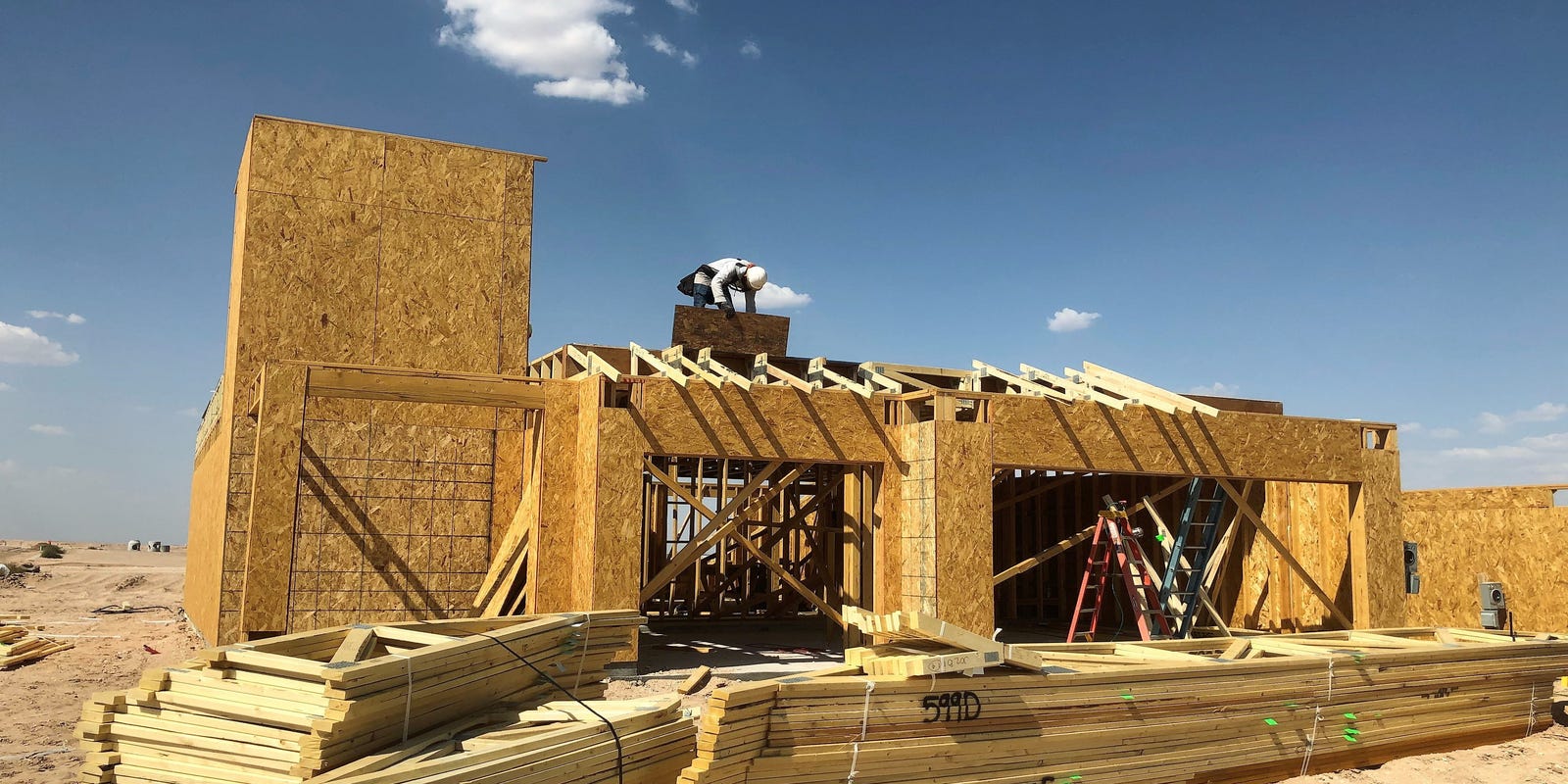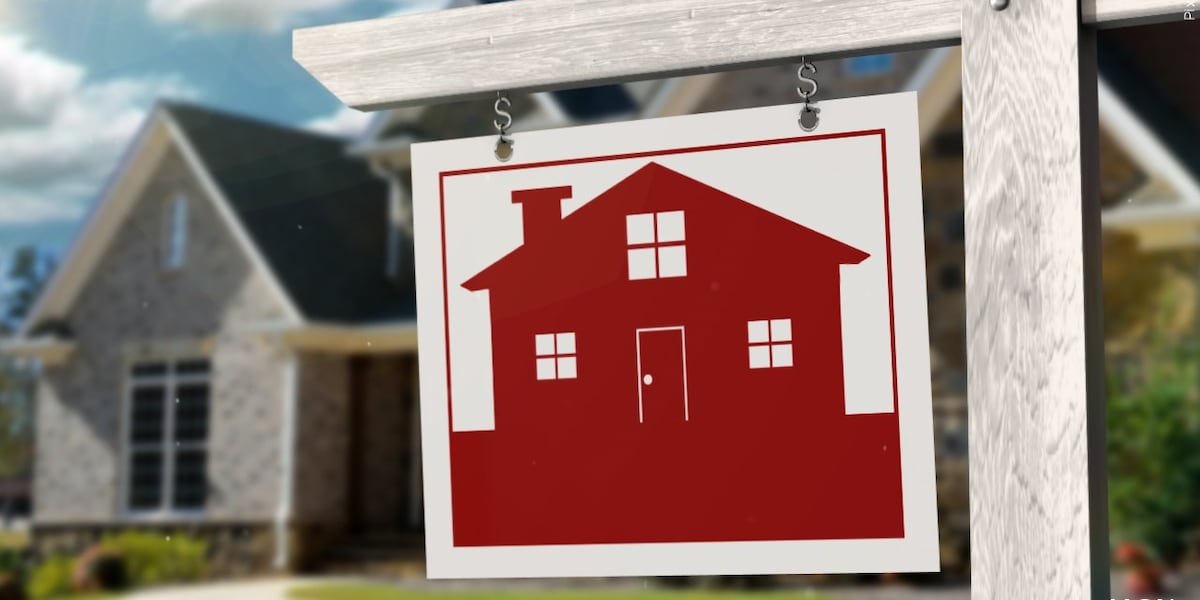I
n 1998, Zinie Chen Sampson and her husband Craig purchased a 1,400-square-foot home in Richmond's near West End. The early-1940s colonial-style house fit their needs perfectly, allowing them to raise their daughter Sabrina without feeling the need to upgrade. As high-earning professionals, they could have afforded more space, but they preferred to live modestly and avoid higher energy costs.
The Sampsons' decision to stay in their home has become increasingly rare as families often outgrow their properties and move on to larger ones. However, Zinie Sampson explained that they're "sort of anti-consumerist," valuing simplicity over material possessions and space. Now, with Sabrina grown and living elsewhere, the couple enjoys financial flexibility, having paid off their mortgage years ago.
The US housing market is in dire need of smaller homes, which offer Americans an entry point into homeownership, a place to retire after raising a family, or a stepping stone between these stages. These properties, defined as 1,500 square feet or less, make up only 20% of newly built homes, making the market "less liquid." Economist Thomas Malone noted that this scarcity creates a cascading effect, limiting availability for first-time homebuyers and perpetuating a cycle of inaction.
Developers' focus on building larger properties has contributed to this shortage. As land becomes cheaper at the periphery of suburbia, developers turn back to urban environments to redevelop existing properties. Chris Herbert, managing director of the Harvard Joint Center for Housing Studies, emphasized that attention should be focused on building smaller units, not just any additional housing.
Newly constructed homes are still excessively large, with an average square footage of 2,408 in the first quarter of 2025. Regulations also play a significant role in limiting density and affordability. Herbert cited municipal codes in expensive suburbs around Boston and Cambridge that insist on larger lots, minimum home sizes, and parking requirements.
In contrast, smaller homes can be more sustainable and stable for residents. Cathy Mercado, executive director of the Merrimack Valley Housing Partnership, highlighted the importance of "stepping stones" like affordable condos, which can serve as starter homes or forever residences. Michelle Leder's family chose to renovate their modest 1940s home in Los Angeles County instead of tearing it down and building a larger one. By living within their means, they've maintained flexibility for life changes, such as spending time abroad.
The reality is that smaller homes like Leder's will never be affordable to first-time buyers due to rising property values. Her home has roughly doubled in value over the past decade, serving as a retirement fund for her family.















